Colorado College – Tutt Library Expansion & Transformation
Pfeiffer was tasked with the design for the expansion and transformation of the Tutt Library at Colorado College in Colorado Springs, Colorado.
Designed by Walter Netsch in 1962, the original Tutt Library bore all the hallmarks of the then dominant contemporary academic architectural style: brutalist and introverted—an enigmatic concrete box floating on inset walls of glass, all resting on an abstract plinth, separating the building from its site.
The expansion has transformed the Library into a dynamic facility, accommodating the requirements of contemporary library practice and the college’s unique academic program, The Block—an immersive academic schedule in which a single subject is studied for three and a half weeks, the equivalent of an entire semester’s material. Writing and reasoning centers, and 24/7 cutting-edge teaching and collaboration spaces have been established in the Library to provide support for The Block program.
Netsch’s original building was an intentionally introverted design; the design of the new Library turns this introversion inside-out, to better reflect its changing use, the values of Colorado College and The Block’s academic calendar. This is expressed through the device of a red “ribbon”—referencing the locally mined sandstone—that `engages the addition at the ground level of the library’s west façade on Cascade Avenue and weaves around, over and down the existing Tutt Library, to create a dynamic dialogue between the old and the new. It traces a graphic path through the new Library that culminates in the added 4th level reading area, which offers sweeping views of the Colorado range.
Garden terraces on the western addition’s 2nd, 3rd and the new 4th floors break down the original building’s mass and reinforce the indoor/outdoor nature of the space and its physical connection to Pike’s Peak and the Rocky Mountains, while providing usable outdoor areas. All the public areas in the library are located on the west elevation to reinforce this connection and take advantage of the views.
The project is designed to achieve carbon neutral net-zero sustainability, making Tutt the nation’s largest carbon neutral, net-zero footprint 24/7 academic library. The college’s commitment to carbon neutrality determined many of the design decisions and required continual consultation with the MEP engineers, on issues such as glazing placement. When the project achieved net zero, it saved the campus over $83K annually. Innovations include utilization of a complex system of heat exchangers to optimize efficient heating and cooling and the ability to both export heat and power to campus and to island from the electrical grid. Radiantly heated egress and terraces reduce snow removal maintenance and the geothermal heating and cooling system eliminates cooling tower maintenance.
One of the goals of the renovation was to reestablish the original quad and reconnect the library to the campus, which was achieved by demolishing Tutt South, a 1980s addition. Attention to open space, the transition between interior and exterior spaces, flexibility of space to support a variety of activities and integration of programmed spaces encouraging social and intellectual interaction are addressed in the project.
Inside, Netsch’s concrete ceilings, crisp and beautifully thought out, were left intact, following the original lines and coffers of the building.
Design: Pfeiffer
Design Team: Stephanie Kingsnorth, Gili Meerovitch, Natasha Brewer, Jeremy Brunel, Kevin O’Brien, Scott Parker
Photography: Steve Lerum

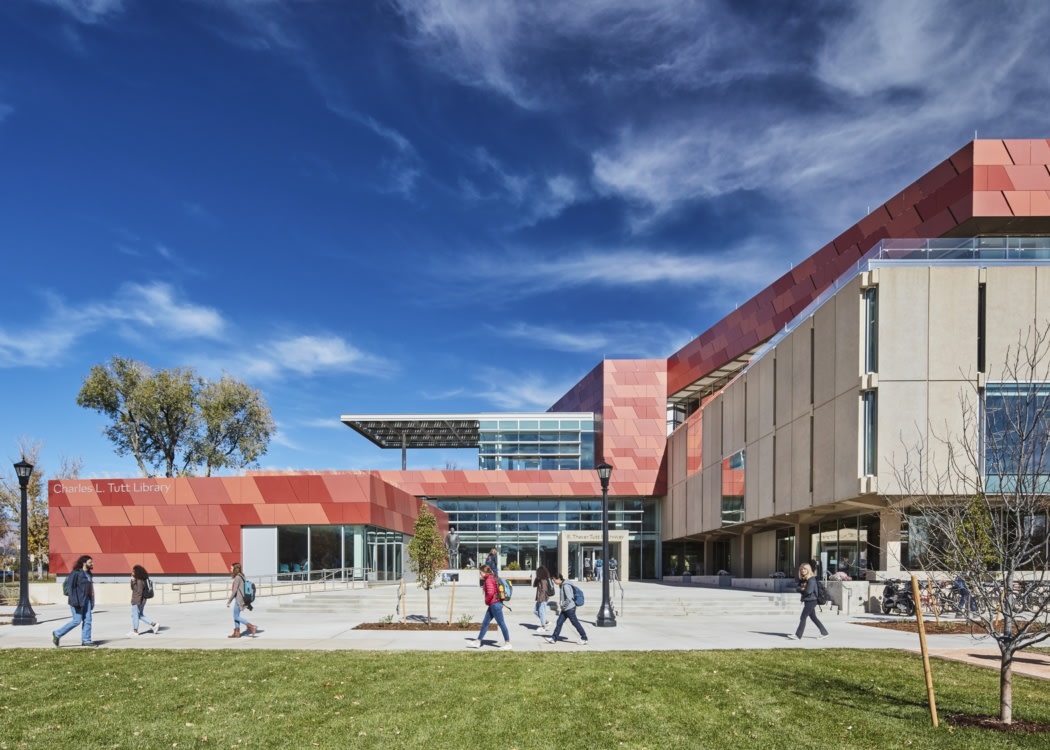

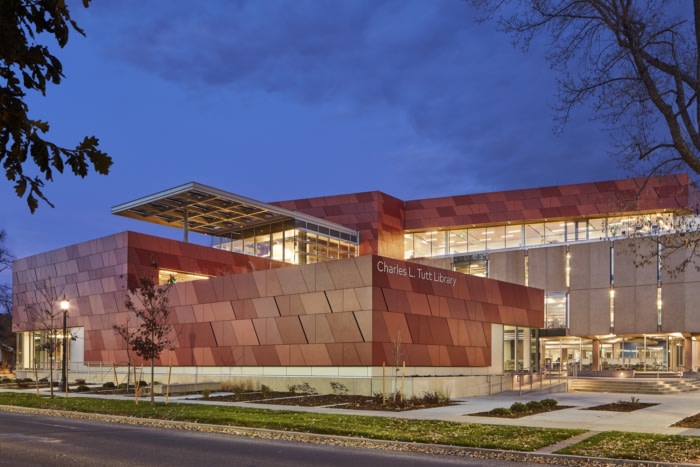

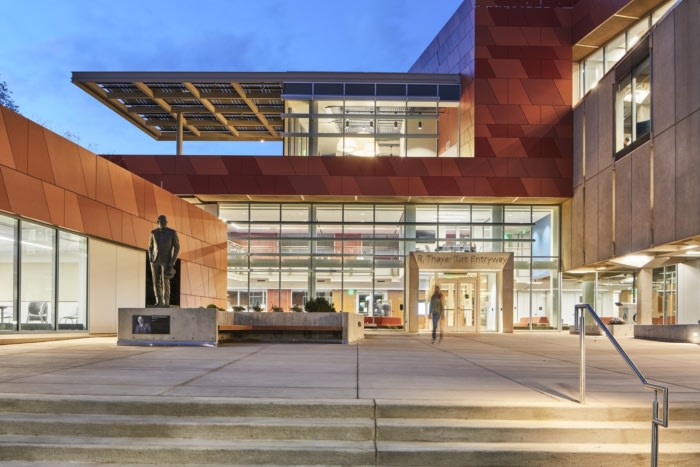
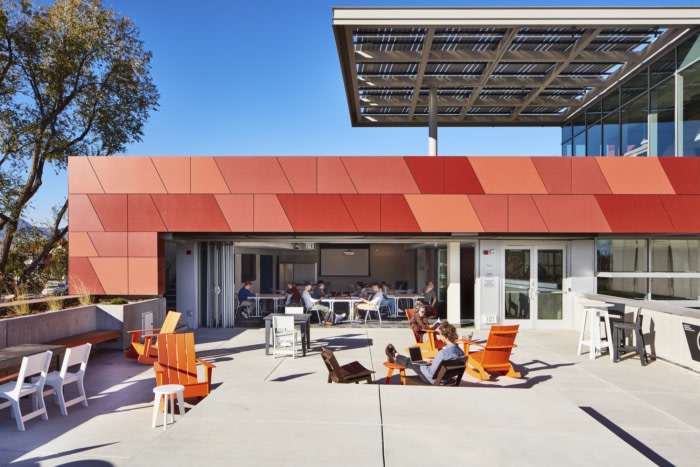
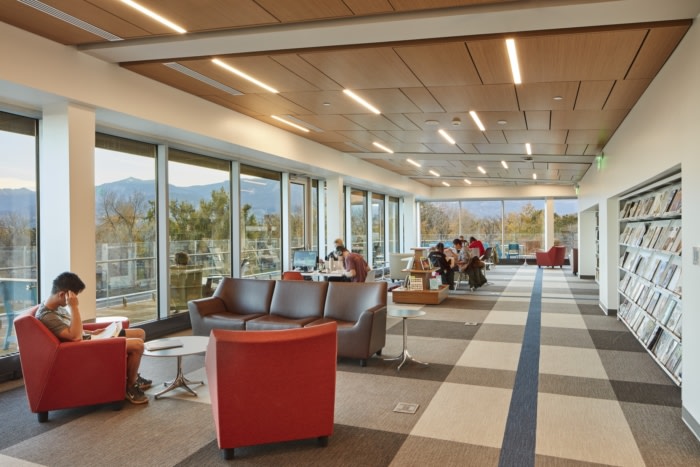
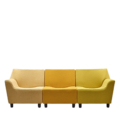
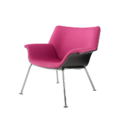

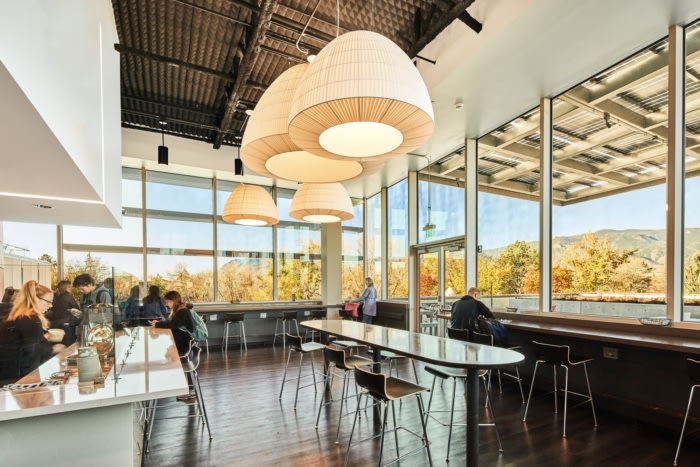
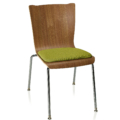
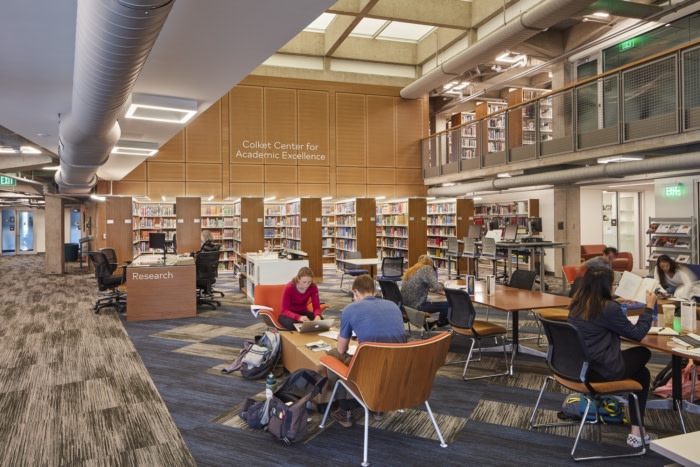
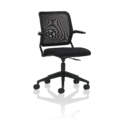
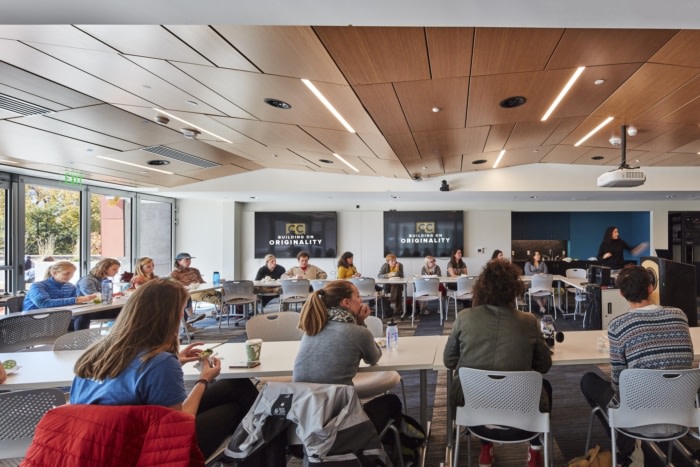
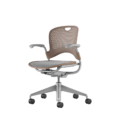
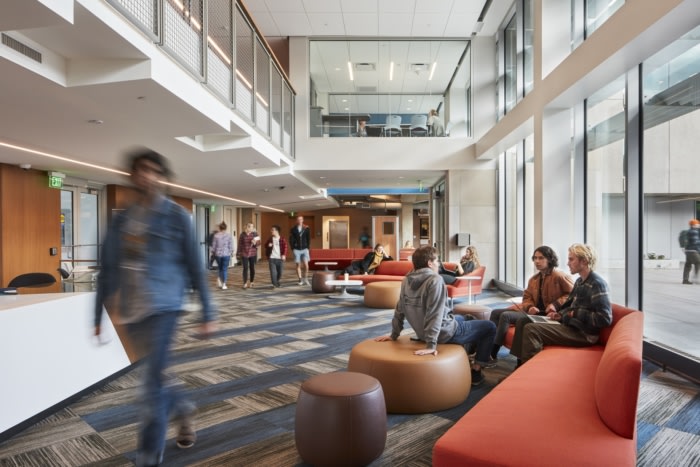

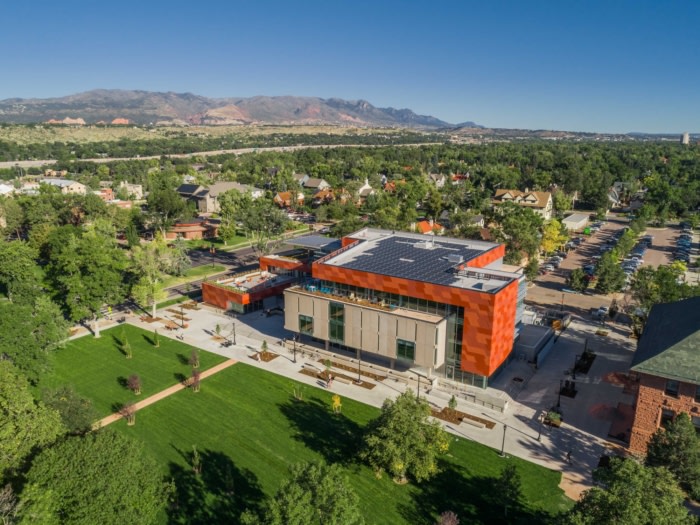
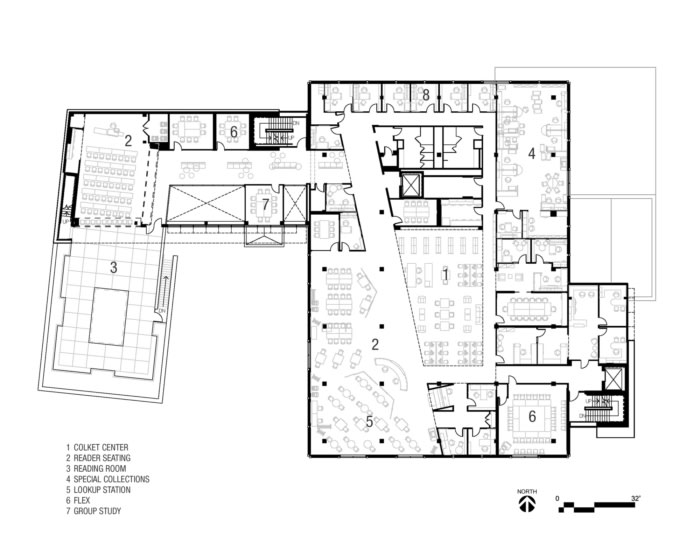
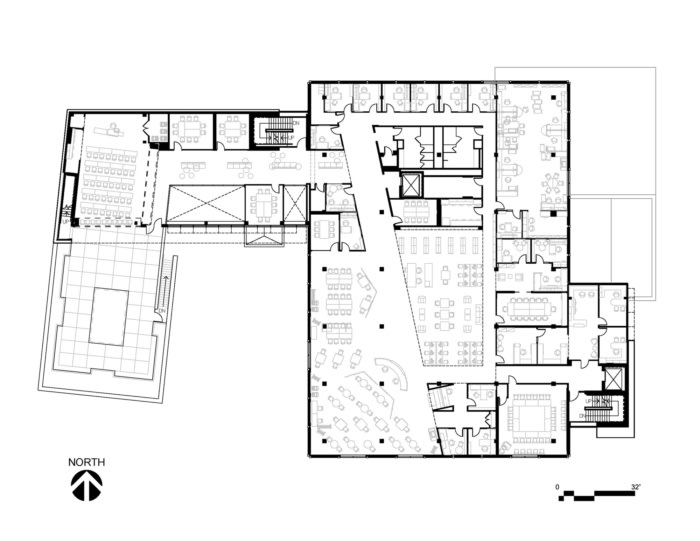
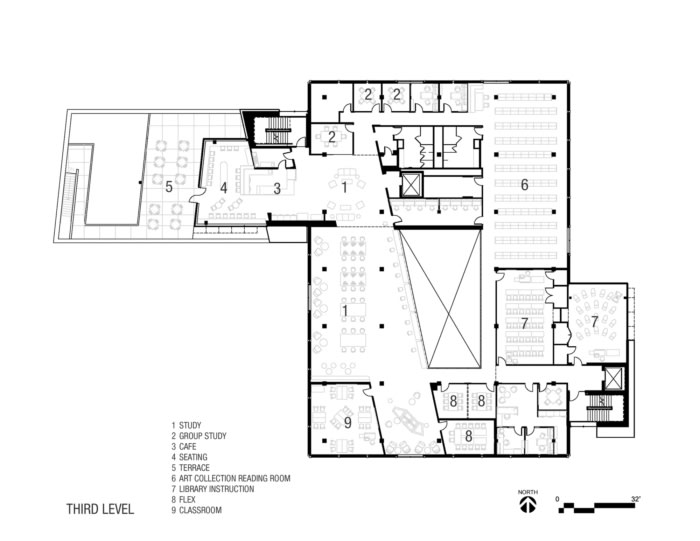
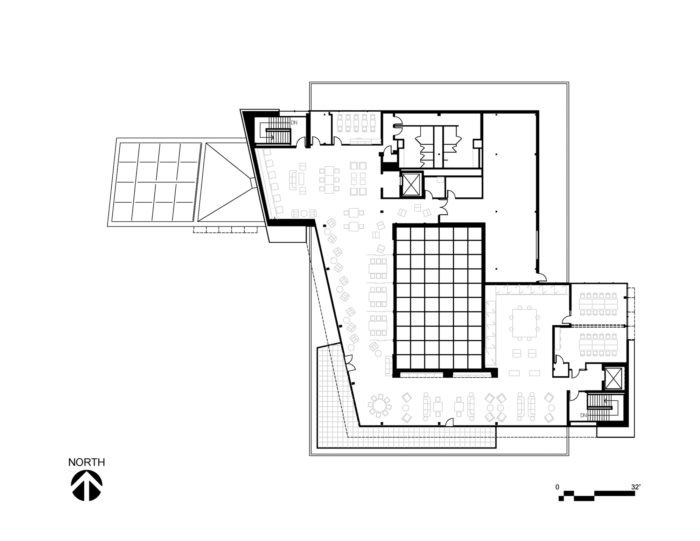



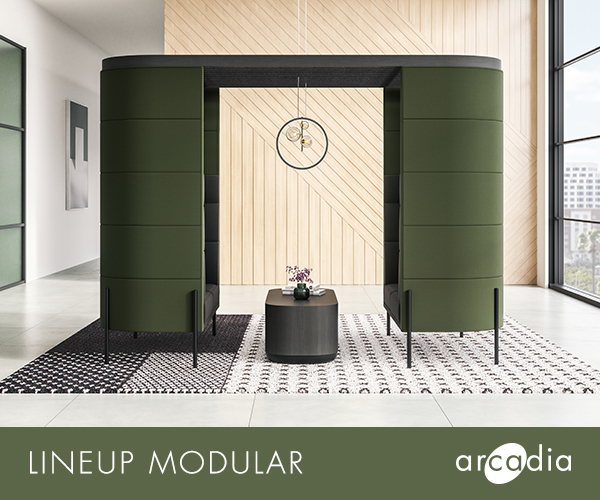
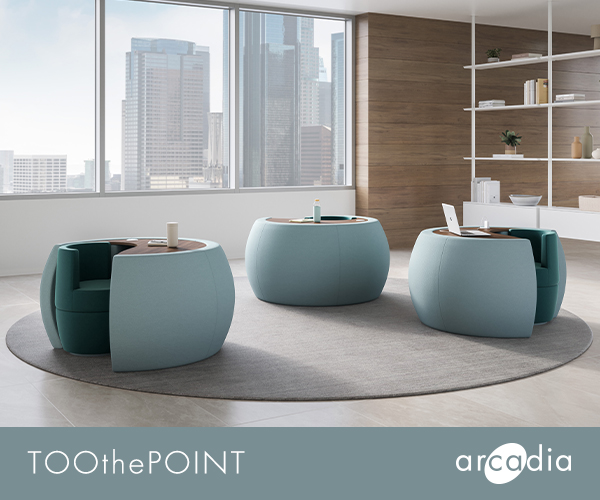




Now editing content for LinkedIn.